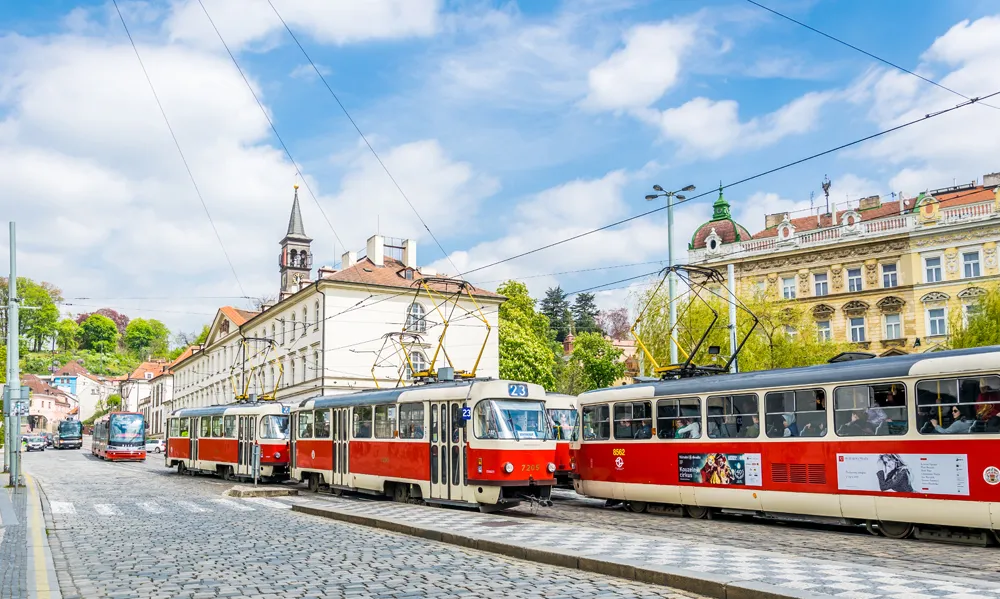Inrix is to partner with BMW with the introduction of what is said to be the industry's first in-car intermodal navigation system.
Debuting in BMW ConnectedDrive systems in the new i3 and i8 electric vehicles, Inrix intermodal navigation integrates local public transport connections into journey planning. The service monitors real-time traffic conditions, alerting drivers to faster alternative modes of transportation when major delays occur along their route. Upon selecting an alternative mode, the sy
January 14, 2014
Read time: 2 mins
Debuting in BMW ConnectedDrive systems in the new i3 and i8 electric vehicles, Inrix intermodal navigation integrates local public transport connections into journey planning. The service monitors real-time traffic conditions, alerting drivers to faster alternative modes of transportation when major delays occur along their route. Upon selecting an alternative mode, the system provides turn by turn navigation to the nearest public transport station in time for the next departure.
BMW’s i3 and i8 have been designed as fully-networked electrically powered cars, to provide a robust system of intelligence for sharing information between the vehicle, its driver and the outside world. In addition to intermodal route guidance and pedestrian navigation through the BMW iRemote app, Inrix EV Services help drivers determine available range from their current location as well as identify and route to available charging locations.
"In an increasingly urban, time-compressed and socially-conscious marketplace, the future of the automobile depends on our ability to market mobility as much as it depends on horsepower, styling, or fuel economy," said Rafay Khan, Inrix senior vice president of Sales and Product. "It's our shared goal with customers like BMW to meet drivers' demands for greater mobility and sustainability in the connected car."









